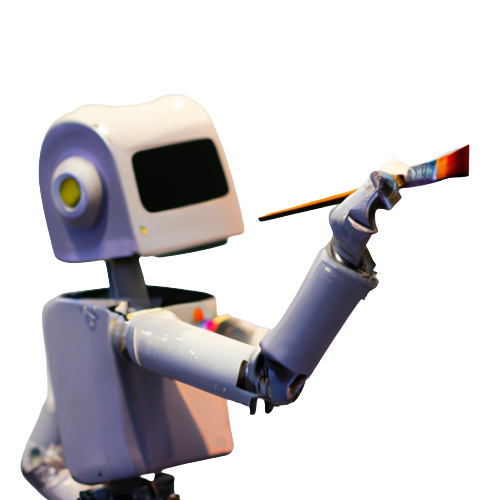
AI Image Generator
Turn your words and phrases into stunning visuals with Text to Image
Clear and detailed descriptions: Provide clear, concise, and detailed textual prompts. The more specific you are in your description, the better the generator can generate an image that closely matches your request. Include details about the subject, setting, style, perspective, lighting, mood, and any specific attributes you want to see.
Trial and error: Experiment with different prompts and variations on those prompts. Sometimes, a slight tweak in wording can lead to significantly different results.
Iterative approach: Use previously generated images as a reference to refine your prompts or to give follow-up instructions for modifications. You can add to or edit your initial description based on the results you receive.
Combine concepts: Try unusual or surreal combinations to explore the AI's potential.
Use of artistic styles: You can specify particular artistic styles, such as "in the style of Picasso" or "like a Renaissance painting," to steer the aesthetic of the generated image.
Yes, it's generally true that the image generator and similar AI models can struggle with understanding and applying negative instructions in prompts. These models are typically better at generating images based on what is described, rather than what is excluded. When you give a prompt that includes a negative instruction (e.g., "no text" or "without people"), the model might not always effectively process and apply these negative aspects.
This limitation is partly due to how these models are trained. They learn from vast datasets of images and associated text descriptions, which usually focus on what is present in the images rather than what is absent. As a result, the model's ability to understand and apply 'not' or 'without' in a prompt can be less reliable.
To work around this, it's often more effective to focus on what you do want in the image, rather than what you don't want. For instance, instead of saying "a landscape without people," you could say "a landscape with trees, rivers, and mountains." This directs the model's focus towards generating the elements you want to see, which can indirectly lead to the exclusion of undesired elements.


